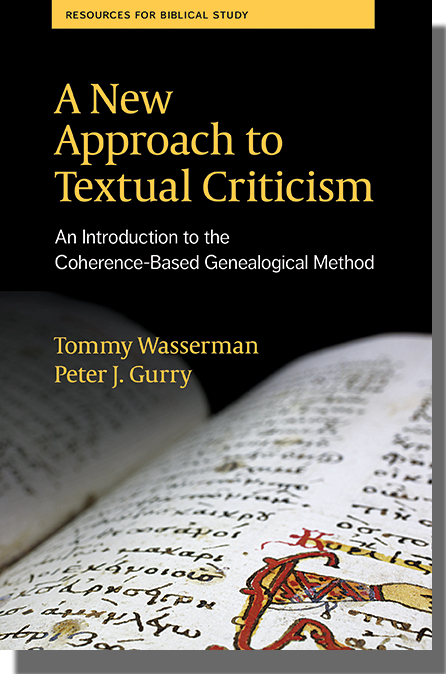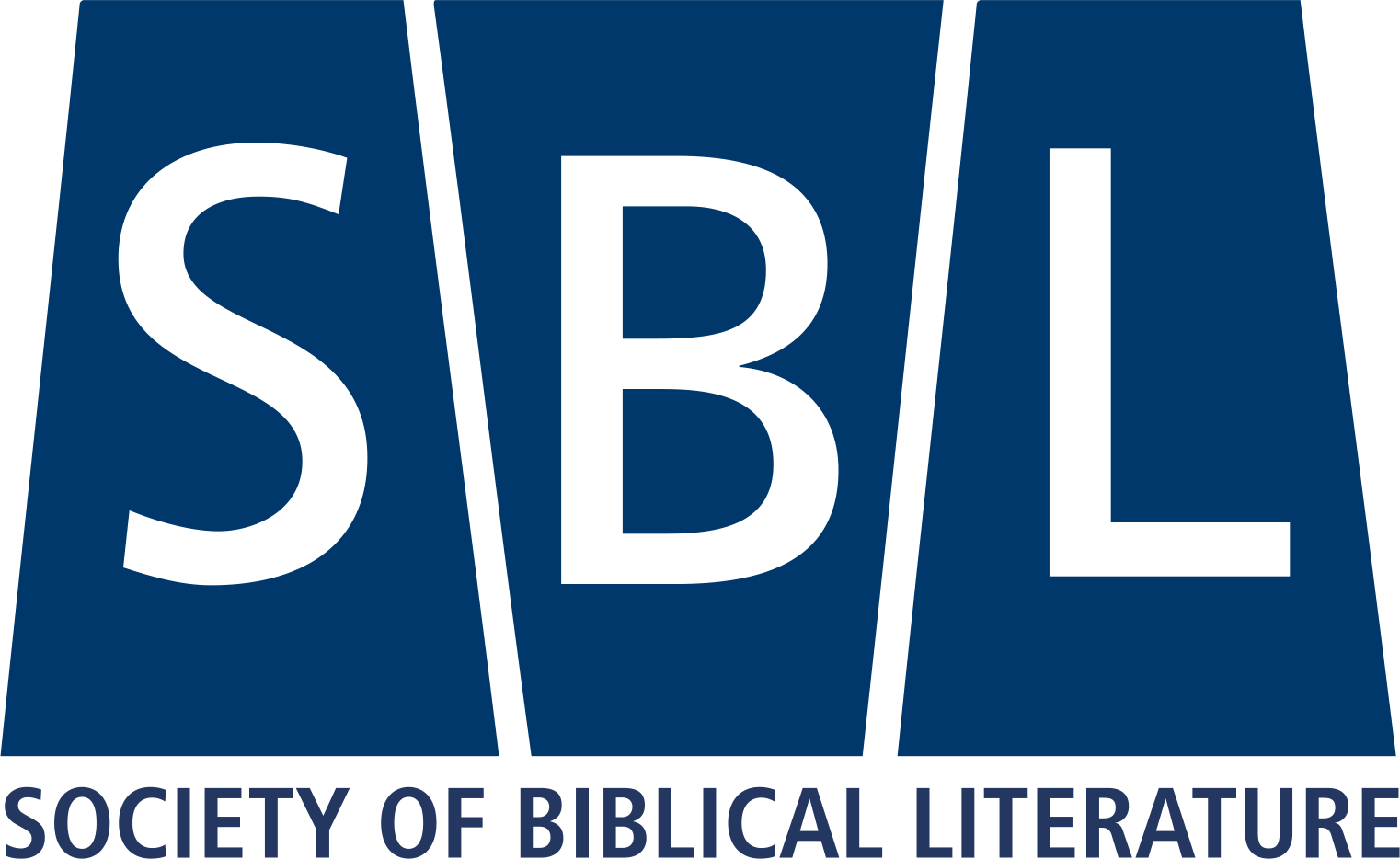
$25.00
An essential introduction for scholars and students of New Testament Greek
With the publication of the widely used twenty-eighth edition of Nestle-Aland’s Novum Testamentum Graece and the fifth edition of the United Bible Society Greek New Testament, a computer-assisted method known as the Coherence-Based Genealogical Method (CBGM) was used for the first time to determine the most valuable witnesses and establish the initial text. This book offers the first full-length, student-friendly introduction to this important new method. After setting out the method’s history, separate chapters clarify its key concepts such as genealogical coherence, textual flow diagrams, and the global stemma. Examples from across the New Testament are used to show how the method works in practice. The result is an essential introduction that will be of interest to students, translators, commentators, and anyone else who studies the Greek New Testament.
Features
- A clear explanation of how and why the text of the Greek New Testament is changing
- Step-by-step guidance on how to use the CBGM in textual criticism
- Diagrams, illustrations, and glossary of key terms
Tommy Wasserman is Professor of Biblical Studies at Ansgar Teologiske Høgskole, Kristiansand, Norway. He is secretary of the International Greek New Testament Project, serves on the board of the Centre for the Study of New Testament Manuscripts, and has started projects on manuscript transcription and manuscript forgeries for the Museum of the Bible. He is Associate Editor of TC: A Journal of Biblical Textual Criticism. Wasserman has authored and edited several books including The Epistle of Jude: Its Text and Transmission (2006) and Studies in Isaiah: History, Theology and Reception (2017).
Peter J. Gurry is Assistant Professor of New Testament at Phoenix Seminary. He has worked with the Center for the Study of New Testament Manuscripts and the Museum of the Bible to both preserve and publish New Testament manuscripts.
Download volume front matter, including table of contents and introduction.
Download a printable publication sheet that you can put in your files or give to your librarian or bookstore.
This is Resources for Biblical Study 80. Download a printable standing order sheet to see other available volumes in the series and to give to your librarian to set up a standing order.
This book is essential reading for everyone who wants to understand how contemporary research is changing our understanding of the text of the New Testament or the significance of this new method for all textual scholarship. It is a clear and perceptive explanation of the methodology behind the new editions of the Nestle-Aland and the United Bible Societies Greek New Testaments, as well as the major edition on which they are based. With a historical overview and suggestions for further reading, it contains a step-by-step guide and examples that shed new light on such difficult passages as the first verse of Mark’s Gospel. The authors, who have practiced the methodology and studied it in detail, are ideally placed to offer this simple but thought-provoking guide.
David Parker
Professor of Digital Philology and Director of the Institute for the Textual Scholarship and Electronic Editing (ITSEE)
University of Birmingham
Wasserman and Gurry have together written an extremely useful book. They introduce and explain in detail the history and inner workings of the Coherence-Based Genealogical Method, a method that has become extremely important to the textual criticism of the Greek New Testament through its foundational role in determining the Initial text for the Editio Critica Maior and, in consequence, the printed text in the current (28th) and future (projected) editions of the Nestle-Aland Novum Testamentum Graece. All students of the Greek New Testament … are in their debt for writing such a helpful and informed account. It kept me awake almost the whole way through.
Peter M. Head
New Testament Tutor
Wycliffe Hall, University of Oxford
A New Approach to Textual Criticism is a clear introduction to a complex method, the Coherence-Based Genealogical Method. It reflects the transition of textual criticism into the digital age, by showing a new path to deal with the multiplicity of the New Testament manuscripts, leaving behind the categorization of text-types.
Claire Clivaz
Head of Digital Enhanced Learning
SIB Swiss Institute of Bioinformatics, Lausanne
For anybody who cares about the text of the New Testament, there will be few books published in biblical studies over the next decade that will be more important than this one. Tommy Wasserman and Peter Gurry describe some of the tectonic shifts that are currently occurring in the way that New Testament text critics are reconstructing the earliest recoverable form of the Greek text of the New Testament. With great care and clarity, the authors explain the intricacies of the Coherence-Based Genealogical Method in ways that both scholars and nonspecialists can readily understand. For anybody who wishes to know how the text of latest printed scholarly editions of the Greek New Testament has been determined and why it differs from earlier editions, this is the book to read.
Paul Foster
Professor of New Testament and Early Christianity
School of Divinity, University of Edinburgh
This book will be of great service in helping scholars and serious students of the New Testament to grasp what the CBGM is. To this point it has largely been a “black box” for many. The explanations are clear, and the examples will be particularly helpful in showing what the CBGM offers and how to make use of the online access to it.
L. W. Hurtado, PhD, FRSE
Emeritus Professor of New Testament Language, Literature and Theology
University of Edinburgh
